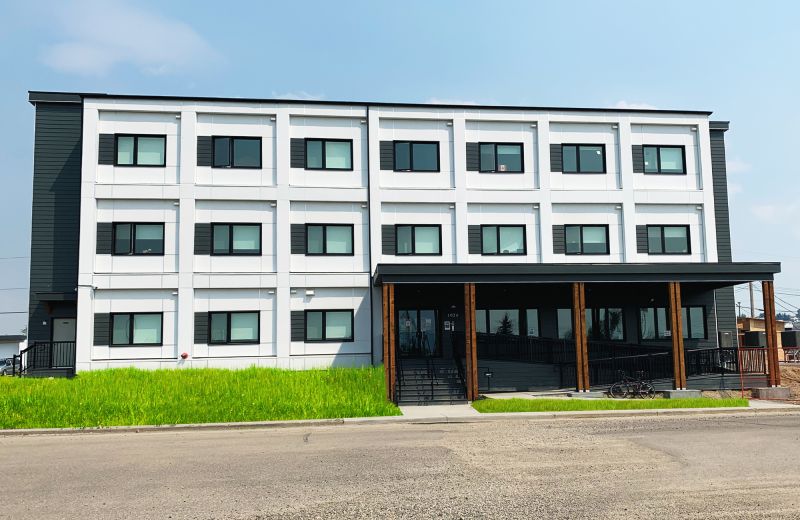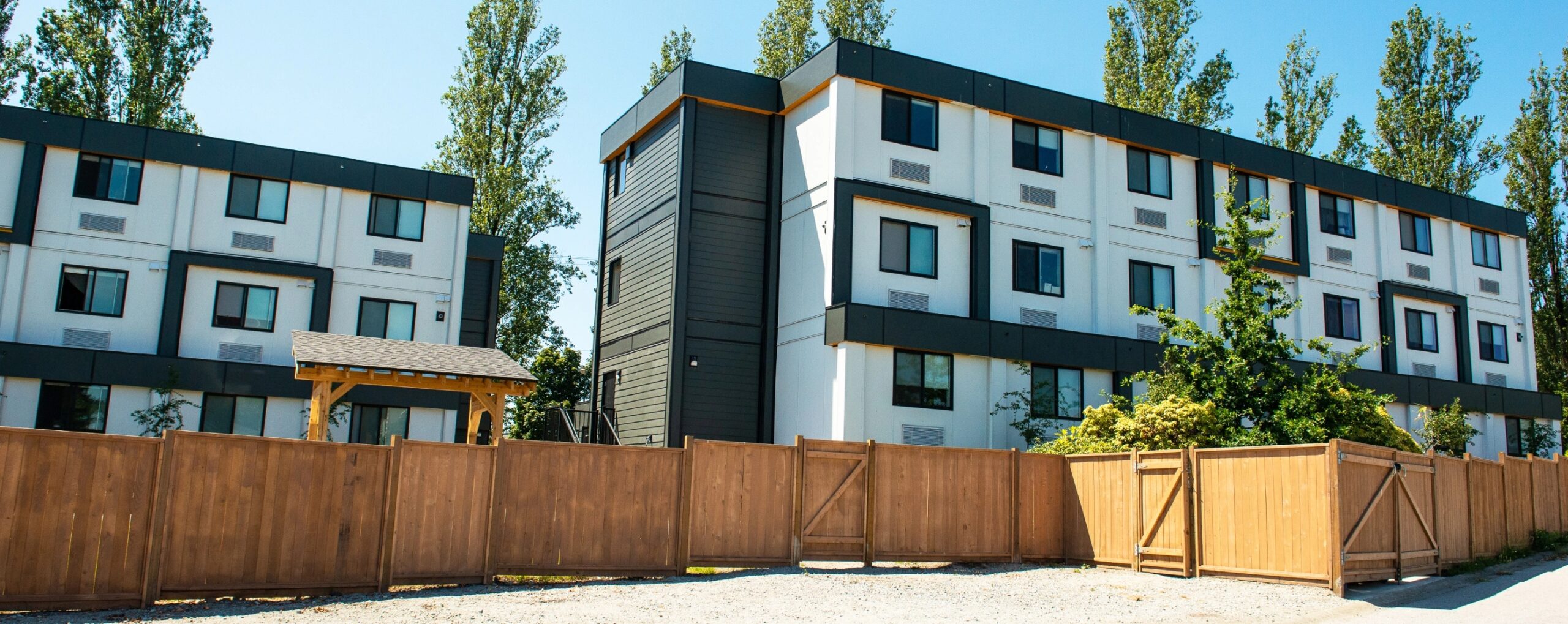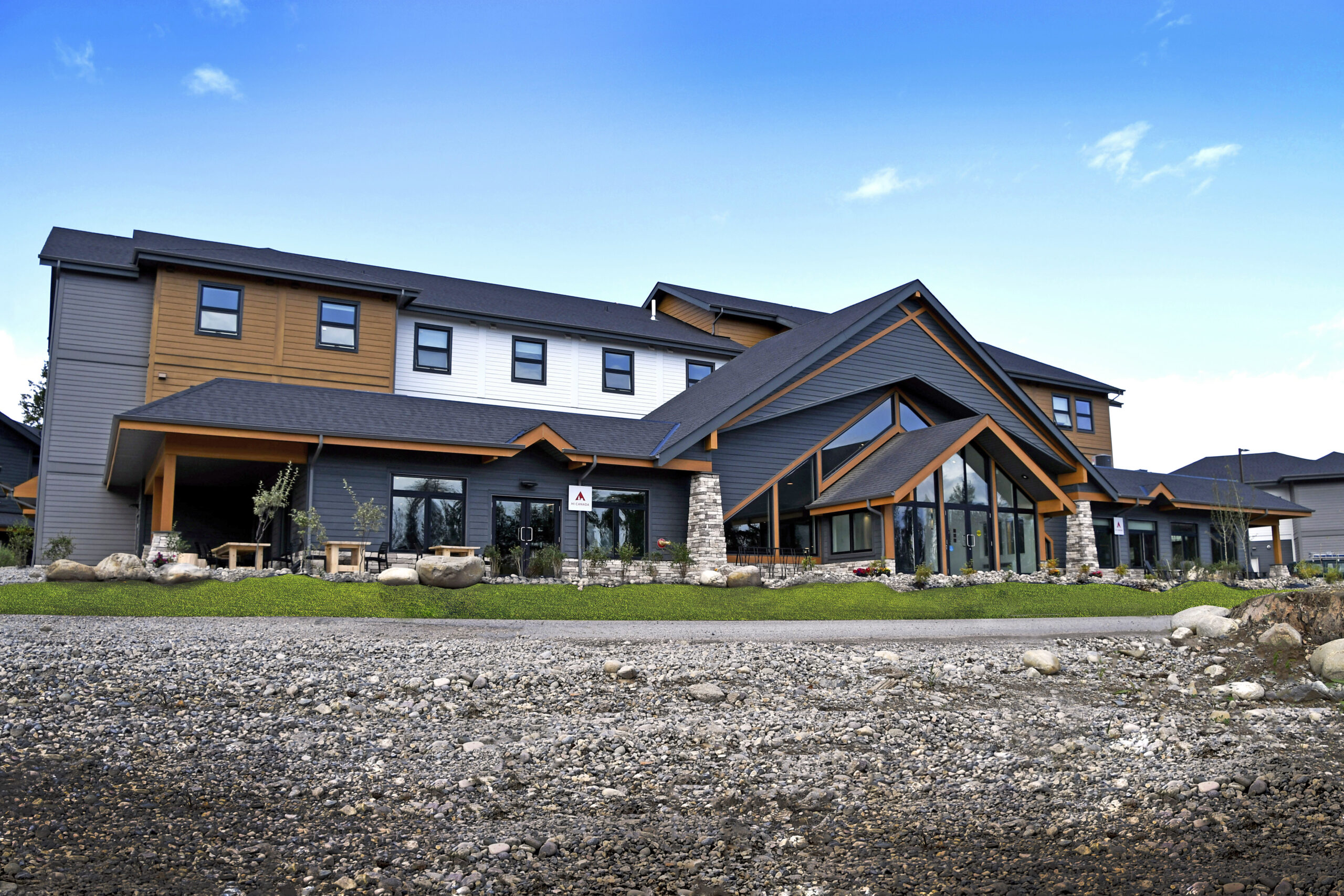The quality, availability and uniqueness of campus facilities have become a true competitive advantage in the quest to enrich the campus experience in order to increase student enrollment and entice the best and brightest faculty for teaching and research positions. In recent years, more colleges, universities and private schools have made strategic decisions to allot additional resources to capital construction projects to address overcrowded student housing, build academic buildings, labs, recreational and athletic facilities, and childcare centres.
But the big question on many campuses remains one of space: where to put all these new students, faculty members and buildings?
Campus site planning often comes down to the ability to build in constrained spaces, either adding on to an existing building or building an entirely new structure in an area already crowded with buildings and people.
Modular campus construction may offer the safest and most efficient solution for building in tight – and often urban – spaces with an important added benefit: most institutions have aggressive timelines to avoid any disruptions to learning by building an addition or new student housing over the summer break. According to the Modular Building Institute, modular construction is up to 50 per cent faster than conventional construction.
Easier access to tight spaces
Modular campus construction generally requires less space on site for workers, traffic, and material storage, resulting in a smaller construction footprint. Additionally, the ability to stack sections vertically to create more space without the need for more site space is one of the elements that makes modular construction an extremely attractive solution for many higher education institutions.
Less site congestion and disruption
By their very nature, college and university campuses are lively, busy environments. Try as you might to schedule construction projects at a time when the noise, dust, congestion and other inconveniences will have less of an impact, such as during the summer months, some construction activities must take place next to student housing or when classes are in session. This makes it critical to complete the project as quickly as possible and with minimal disruption and congestion.
Off-site construction reduces the need to for material storage and for workers to park in the area, which eliminates many of the concerns over congestion and disruption. When space constraints are a concern, modular construction shifts most of the noise, debris, and traffic away from the site and into a controlled, off-site manufacturing environment.
Safer construction in tight environments
With so many trades working together and material and equipment deliveries in close proximity to students, staff and neighbours, it can be difficult to maintain a safe site in a traditional construction zone, especially where space is tight. One of the advantages of modular construction is that it reduces the need to have multiple trades working together in tight spaces, which eliminates a significant amount of potential conflict between tradespeople themselves and between trades and the general public. With modular construction, up to 90 per cent of the construction takes place off site in a controlled, often indoor environment where only people involved in the construction of the building are present. As a result, there are fewer chances for job injuries and fatalities.
Use modular construction and solve your space constraints
In today’s economy of tight budgets and inflationary construction costs, all types of educational institutions can benefit from modular construction to plan around campus building site constraints, including:
- Primary education schools
- Secondary education schools
- Private schools
- Trade & technical schools
- Technical schools
- Daycares
- Montessori schools
Modular construction offers the ability to meet your campus space utilization objectives and save you time and money.



